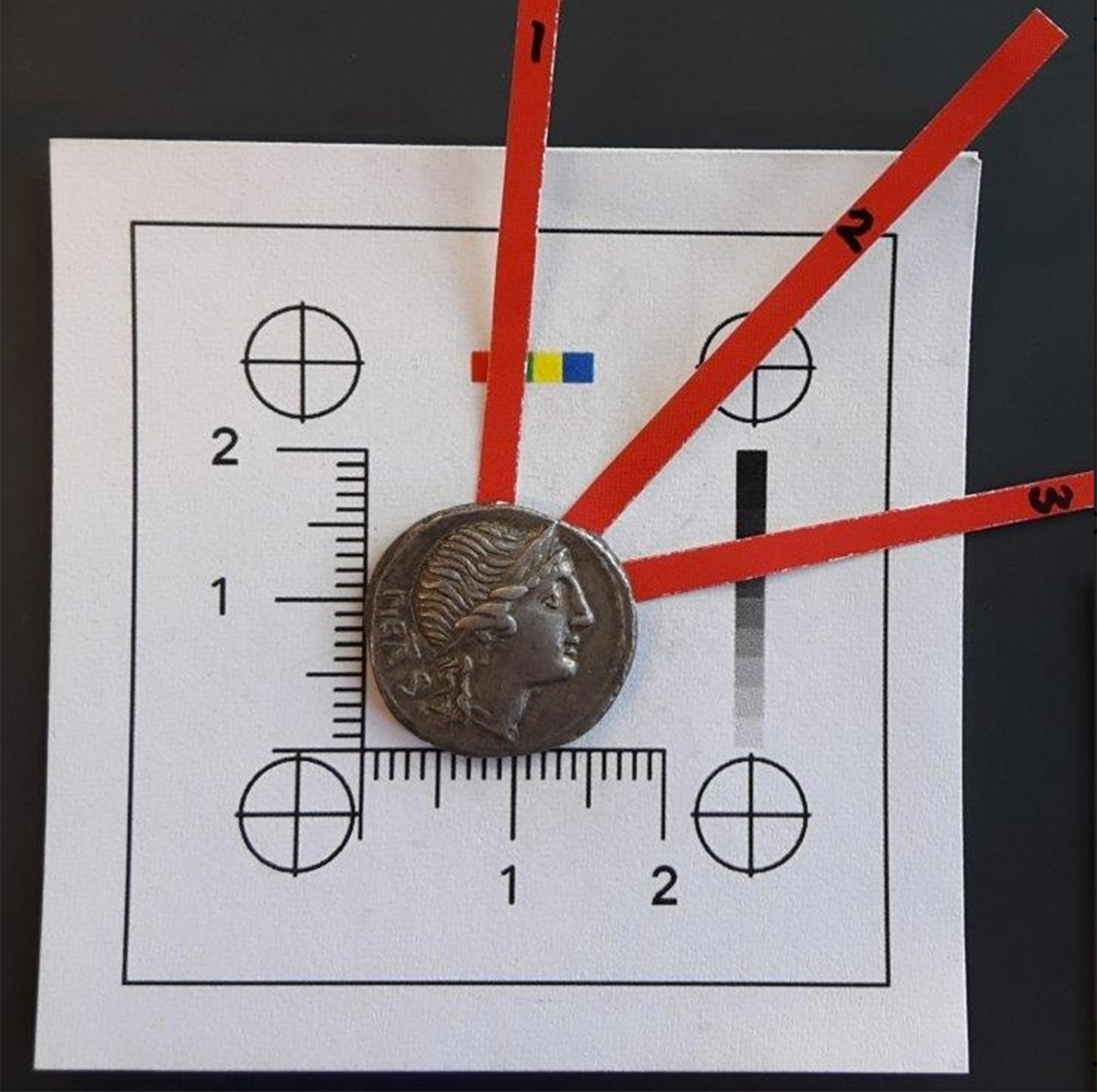General Hannibal’s defeat had a distinct effect on those living under the Carthaginian Empire. But now, historians can tell the effect it had on the Roman Empire through analysis of the composition of ancient coins.
A study of the coins, reports The Telegraph, shows that the defeat of Hannibal led to a flood of wealth across the Roman Empire, “giving a ‘tangible record’ of the transition of Rome from a regional power to an Empire.”
One of the pivotal moments in the history of Europe is during the Second Punic War. Hannibal marched his elephants across the Alps from Carthage during a failed attack on Rome and the war ultimately led to the conquest of the Iberian Peninsula. The Romans were able to take over the Spanish silver mines, which help fund the expansion of the Roman territory.
Scientists based in Germany and Denmark are now using geochemical analysis techniques to prove the importance of the Spanish silver to the Roman conquest, reports The Telegraph. They analyzed 70 Roman coins dating during the period that bracketed the Second Punic War, 310-300BC to 101 BC.
The scientists were able to show that lead in the coins made after 209BC “has distinctive isotopic signatures.” This dates most of the coins as having originated from Spanish sources.

Study co-leader Katrin Westner, of Goethe University in Frankfurt, Germany, said to The Telegraph: “Before the war we find that the Roman coins are made of silver from the same sources as the coinage issued by Greek cities in Italy and Sicily.” Then, the defeat of Carthage led to huge reparations, and Rome received high amounts of booty and ownership in the Spanish silver mines.
She says that what the work shows is that the defeat of Hannibal and therefore the rise of Rome is written in the coins of the Roman Empire.
The findings were presented in Paris at the Goldschmidt geochemistry conference.
This article was featured in the InsideHook newsletter. Sign up now.





















